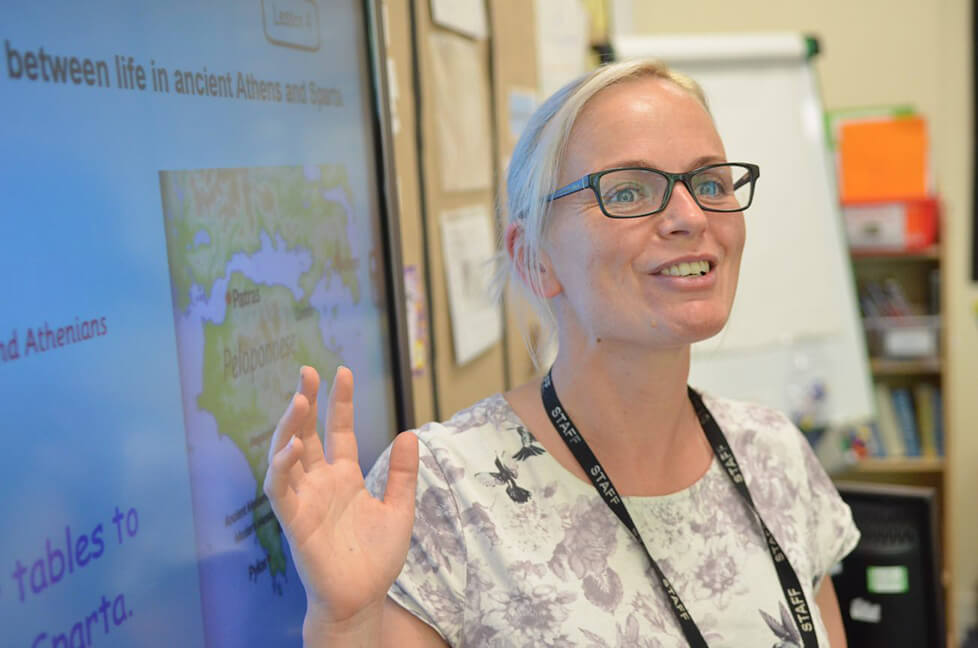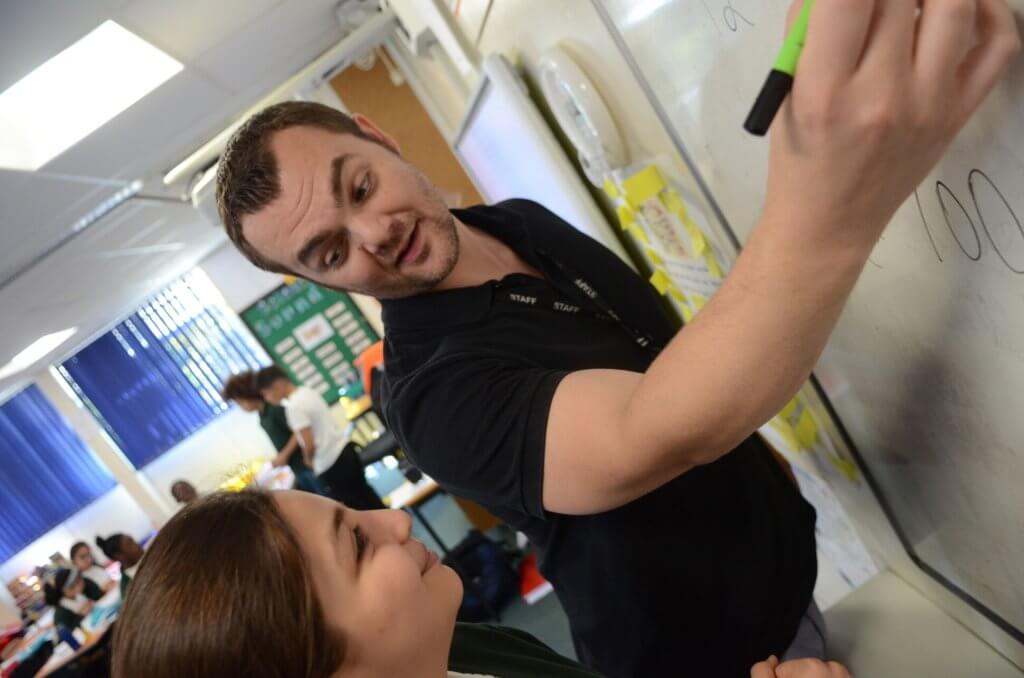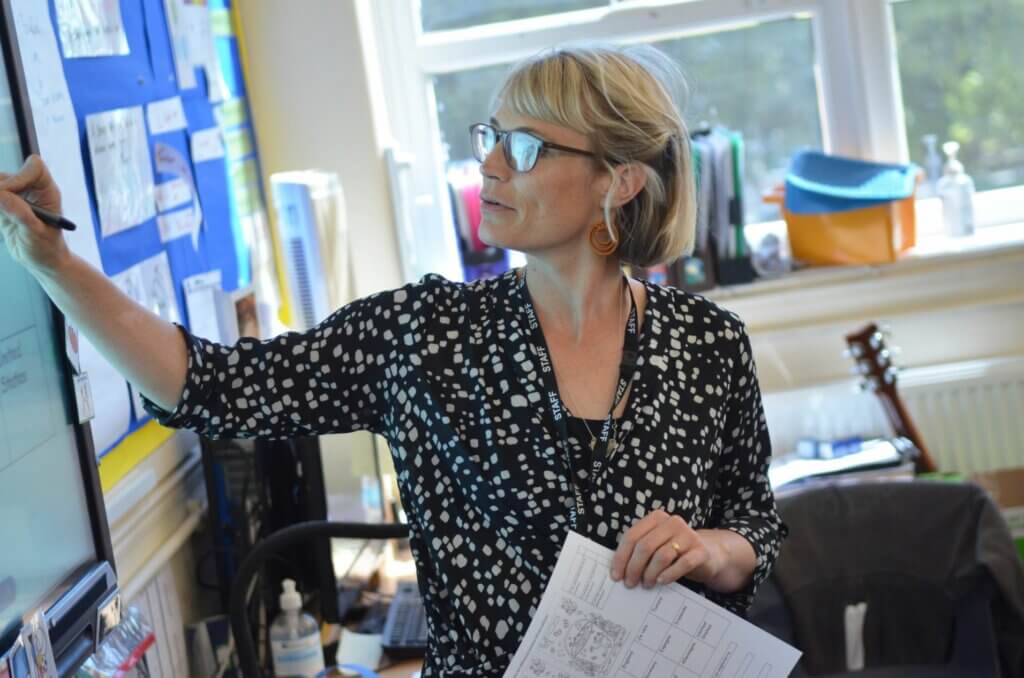Number of pupils with EHCPs increases by almost two-thirds since 2016
Recent analysis by the County Councils Network (CCN) shows that 66,356 children and young people started new Education, Health and Care plans (EHCPs) last year. The largest ever figure, this equates to 180 pupils a day. Researchers explain that the number of children eligible for EHCPs dramatically increased with the introduction of the Children and Families Act 2014, which expanded the eligibility of special needs and disabilities (SEND) support. Before the act was introduced in 2014, an average of 73 plans were issued a day.
The government released their SEND and Alternative Provision (AP) improvement plan earlier this year, however local authorities believe these measures are not enough to stem the tide of demand that is driving ‘unmanageable’ deficits in their budgets. Cllr Liz Brighouse, Education and SEND Spokesperson for the CCN, says ‘we are calling on the government to fully-fund these reforms and ensure that councils do not continue to accrue significant deficits that would be impossible to pay down without insolvency.’
Reflecting on newly released data on SEND in England, Kevin Courtney, joint general secretary of the National Education Union (NEU) claims that more young people with SEND require additional support due to the current pressures of a mastery curriculum and high-stakes testing. To reduce the need for EHCPs, he calls for ‘timely access to specialist provision [and] a more flexible curriculum which includes a broad range of arts based and vocational options.’
One in five pupils enter secondary school two-years or more behind in reading
New research shows that one in five pupils enter secondary school without the reading skills they need to access the curriculum. The study followed 598 children aged between 10 and 13, testing their reading skills at five different points throughout their transition from primary to secondary education.
Secondary school teachers often report that pupils’ attainment in their first year is below what would be expected from their SATs results in Year 6. This is attributed to a slump in attainment during the transition from primary to secondary school. However, researchers found that children’s development follows a similar pattern each summer – children continue to learn everyday vocabulary at the same rate, but their learning of specialist vocabulary linked to the curriculum slows down.
Dr Laura Shapiro, lead researcher, explains that the issue is ‘not a slump in attainment, but a jump in expectations.’ In secondary school, pupils are expected to learn a wider range of vocabulary across different subject areas. Therefore, children who have not achieved expected levels in reading will struggle to access the secondary curriculum.
To mitigate this problem, researchers suggest that reading skills continue to be monitored during secondary school so that pupils’ needs can be addressed with targeted support and interventions. They recommend a two-step approach to identify reading needs, which includes screening tools followed by individualised diagnostic assessments. Researchers also call for policy-level change to ‘promote more continuity in curricula and expectations across primary and secondary settings.’
A third of schools plan to drop National Tutoring Programme
In the Schools White Paper, ministers set out the ambition to make tutoring a ‘permanent feature of our school system,’ following the launch of the National Tutoring Programme (NTP). However, a new survey from the National Foundation for Education Research (NFER) shows that a third of senior leaders currently using the programme plan to drop out in the next academic year.
Although the majority of senior leaders felt that the scheme helped them to better support disadvantaged pupils, almost half believed that the programme was not cost-effective. From September, the Department for Education (DfE) plans to reduce the tutoring subsidy from 60% to 50%. However, many leaders say they have already struggled to meet the costs of only 40%. More than half cited this as the reason they were dropping out.
Other reasons given for dropping out included annual funding arrangements for the NTP, which made it difficult to plan ahead. 28% of respondents also faced difficulties sourcing suitable tutors, whilst 27% reported that the administrative burden was too high. Senior leaders also felt that the reporting requirements for funding were too burdensome.
Dr Ben Styles, Head of Classroom Practice and Workforce at NFER, explains that ‘overcoming these barriers is vital if tutoring is to win the hearts and minds of schools and be seen as a sustainable way of helping to close the attainment disadvantage gap.’ The report makes a series of recommendations, including calls for the government to explore how additional financial support can be made available to schools over a longer period, allowing tutoring to become firmly embedded in schools.
One Education is passionate about developing high standards and aspirations for all pupils.
Drawing on the latest theory and evidence-based practice, our Teaching & Learning experts support teaching professionals to deliver a learning experience that is ambitious and accessible for every pupil.
Explore our services to find out how we can help you improve outcomes with literacy-rich experiences and curriculum support.
To find out more, please get in touch.















